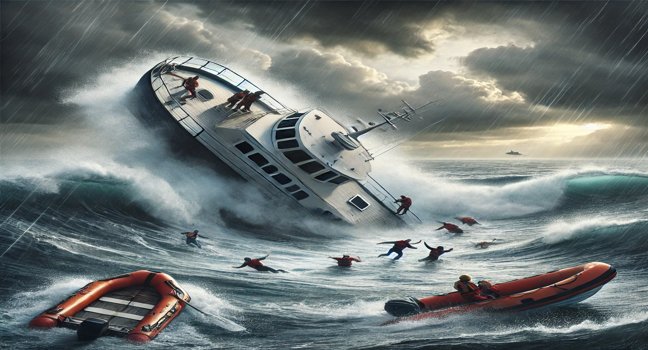Preventing a boat accident
A boat accident can happen anytime, even in calm waters. It’s important to be prepared to keep your trip safe and fun. Cruising is safe, but it’s important to follow safety measures to protect yourself and your guests. This ensures the highest level of safety.
Ensuring Safety on the Boat
Safety on the boat is paramount. Regardless of how meticulous you are, boating comes with its own set of risks and uncertainties. If there is a boat accident, make sure to take the necessary precautions and have the right safety gear on board to reduce risks and ensure a smooth sailing experience. This highlights that having the right safety gear on hand in good condition is key to staying safe.
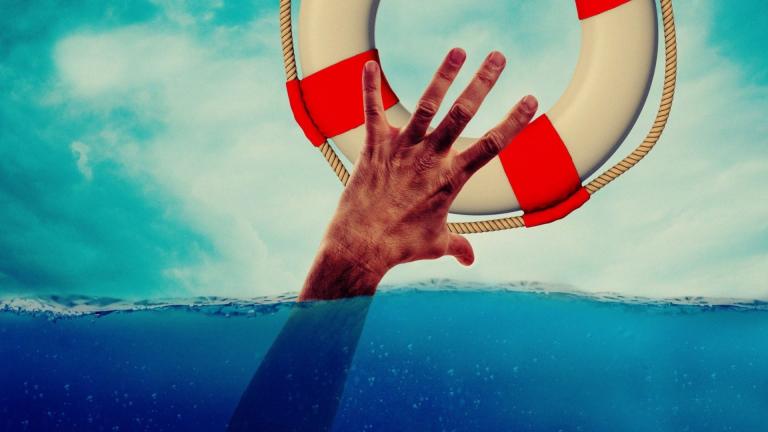
Life Jackets for Adults and Children
Life jackets are a must when it comes to boating safety. They provide buoyancy in the event of an unexpected fall into the water, helping to keep you afloat until help arrives. Even if you’re a confident swimmer, wearing a life jacket is a simple and effective way to enhance your safety. It’s important to choose the right type of life jacket for both adults and children to ensure maximum protection.
Life jackets come in various types and specifications, each designed to meet specific needs. Here’s a breakdown of common types and features to consider:
- 24N Life Jackets: These are primarily designed for children. They offer adequate buoyancy to keep young ones safe in the water.
- 33N Life Jackets: These models are equipped with a CO2 gas cartridge to inflate the jacket when needed. They are suitable for adults and provide enhanced buoyancy.
- 60N Life Jackets: These jackets also use CO2 gas for inflation but offer higher buoyancy, ideal for adults who need additional support.
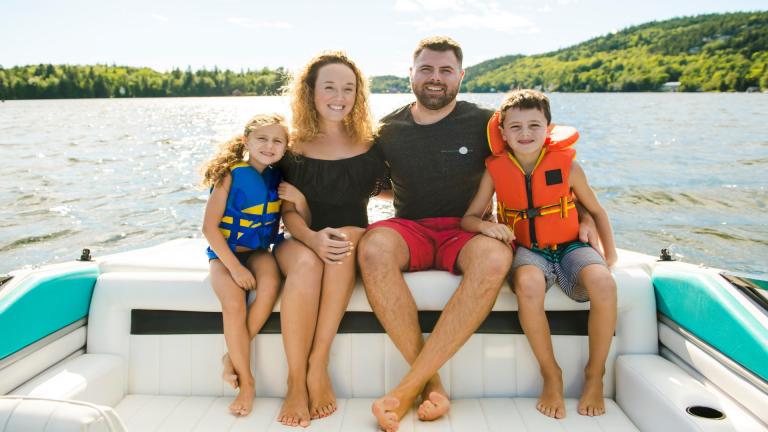
Additional Features to Consider
- ABS Buckles: These buckles are made from a stronger material compared to plastic, providing greater durability and reliability.
- Air Only Jackets: These life jackets inflate only when filled with gas, offering a compact and lightweight option.
- Auto-Inflation: These jackets automatically inflate upon contact with water, ensuring immediate buoyancy.
- Manual Inflation: These jackets require manual activation via a pull cord, which may be necessary if automatic inflation fails.
- Buoyancy Ratings: The buoyancy of life jackets is measured in Newtons (N). For instance, a 10 Newton rating indicates 1 kg of buoyancy.
- Safety Belt: Some life jackets come with an integrated safety belt for additional security.
Lifeguard Rings
In case of a boat accident, lifeguard rings, while similar in function to life jackets, serve a different purpose. Unlike life jackets, which are worn, lifeguard rings are thrown to individuals in distress to help them stay afloat.
For boats less than 7 meters long and traveling at speeds below 7 knots, life jackets are not mandatory. However, boats that are 15 meters or longer must carry at least one life preserver. For vessels between 15 and 24 meters, at least two lifeguards with a salvo are required. Although these are the minimum requirements, having additional lifebuoys on board can provide extra protection against unforeseen emergencies.
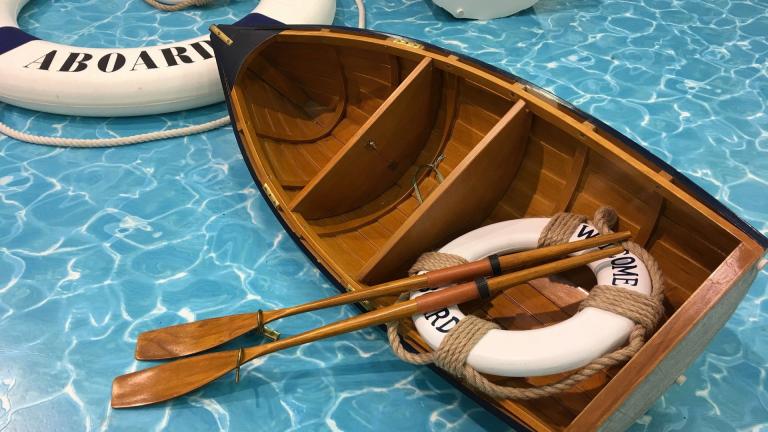
Fire Extinguishers
Fire safety is another critical aspect of boating. A fire extinguisher is an essential piece of equipment on any boat. you have to ensure that your fire extinguisher is functional and easily accessible. Here’s what you need to know about fire extinguishers on boats:
- Boats with Engines: For boats with one or more engines, you should have a 6-pound fire extinguisher for each engine. These should be located in or near the engine room.
- Boats with Cabins: Boats with cabins should have at least one 2-kilogram fire extinguisher per cabin to address any potential fire hazards.
- Boats with Galleys: If your boat has a galley, it should be equipped with a 2-kilogram fire extinguisher to handle kitchen-related fires.
- Maintenance and Certification: Fire extinguishers must be regularly maintained and checked for compliance with safety regulations. They should also have the necessary certifications and be inspected annually to ensure they remain in good working condition.
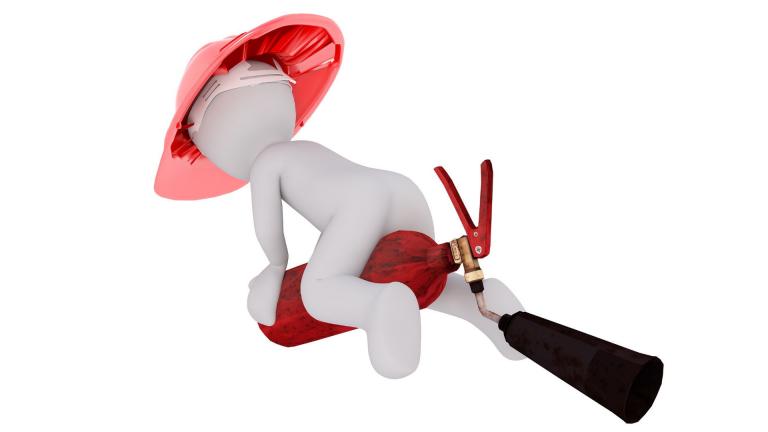
Planning and Booking Your Boating Vacation
Proper planning is essential for a successful yacht vacation. Before setting sail, make sure you’ve accounted for all safety measures and equipped your boat with the necessary gear in case of any boat accident. Familiarize yourself with the safety requirements and ensure that all equipment is in place and functional. It is a must.
To make your trip even more pleasant, consider customizing your itinerary based on your interests and preferences. Whether you’re looking for crystal-clear waters or exciting new destinations, planning your yacht travel routes in advance will enhance your overall experience. If you need assistance with planning your trip or booking your yacht, feel free to reach out to us for expert guidance and support. We can help you navigate the process and ensure that your boating vacation is everything you’ve dreamed of.
For more information on planning your yacht travel routes and to book your trip, contact us today!

